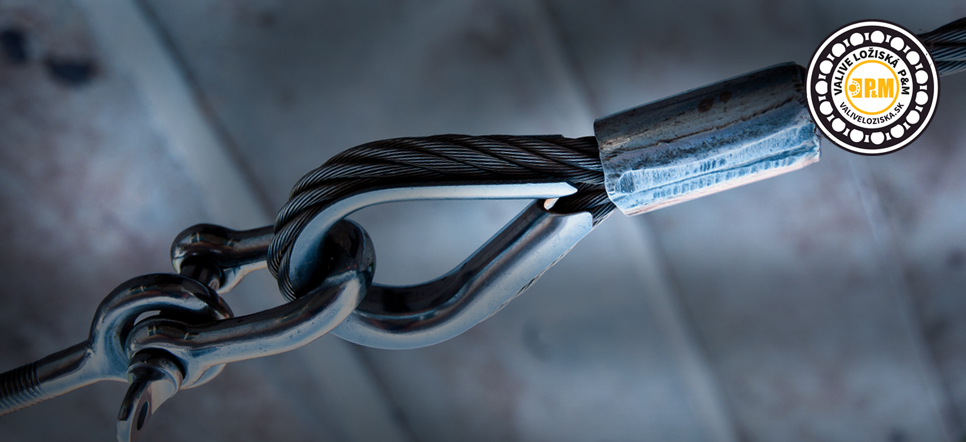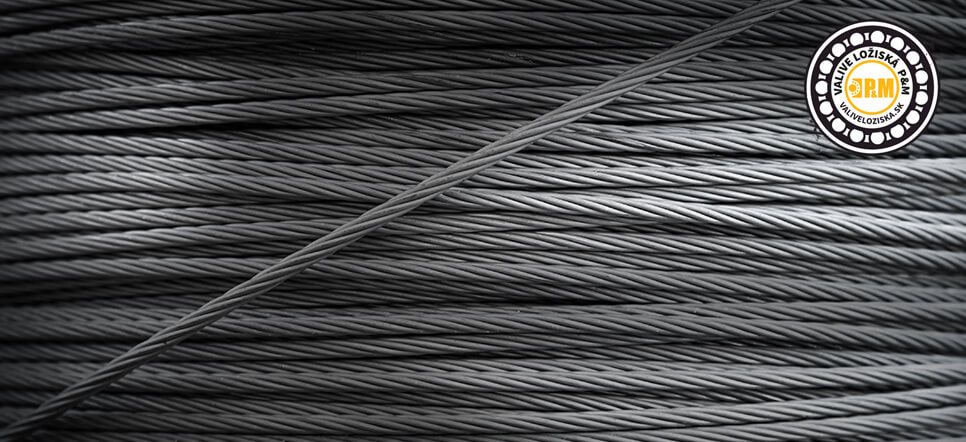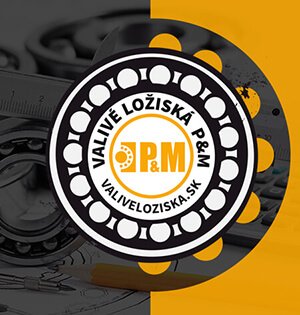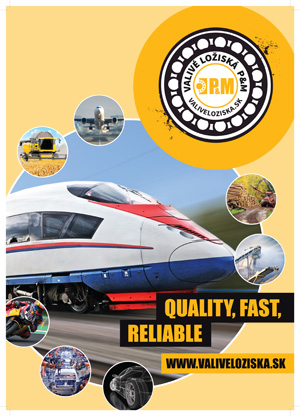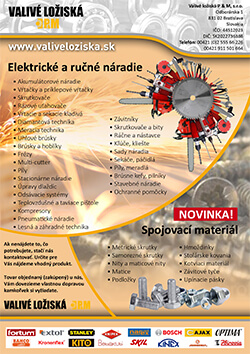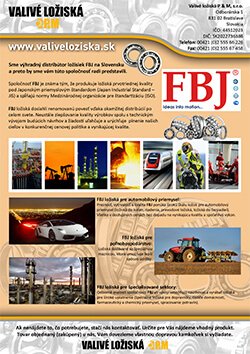Steel ropes
Steel ropes
Three basic components are used for producing ropes
- steel, aluminum, copper wire rope
- core of rope
- rope lubricant
Wire rope
Steel is most often used for the production of mechanical stressed ropes. Ferrous metals are used only if the rope leads an electrical current. The basic part of the rope consists of wire which has properties that also affect the properties and quality of the resulting wire rope. Wire for steel wire ropes is made of unalloyed carbon steel grade 12.The quality of wire is affected by:
- the size and amount of admixtures in the wire
- the size and amount of surface defects in the wire which occur by rolling or pulling
- the structure of the wire
- the temperature when processing the wire
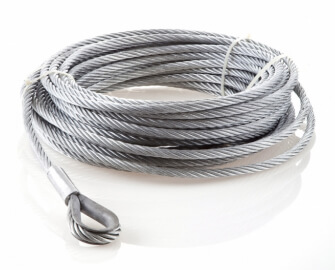 Rope core
Rope core
The task of the rope core is to create a firm but flexible base for the wire strands
which are twisted spirally around the core. The core prevents radial shifting
and side pressure of the strands and at the same time fills the space between the
strands. Another task of the core is to ensure the circular cross section of the
wire rope. The material of the core is most often made of various plastics. They
are resistant against higher temperatures, have more abrasion resistance and, in
comparison to natural materials used in the past, have better tensile strength.
The core must have a porous structure in order to absorb sufficient amounts of
lubrication. In some cases the rope core is made of metal, mainly in operations
with temperatures higher than 60 °C and when a larger load is required from the
rope for the given cross section. The lubrication part is then inserted between
the inner rope and its sheath in the form of strands. These types of ropes are
stiffer.
Rope lubricant
The lubricant protects the rope from corrosion, reduces friction between the wires and strands, reduces friction between the rope and block and prevents impurities and water from penetrating the inside of the rope.Required properties:
- the lubricant must not leak out
- the lubricant must not be removable with water and liquids with which it comes into contact
- the lubricant must be permanent and resistant to the effects of wind and temperature, hereby also protecting the rope from corrosion
- the lubricant must not be corrosive or cause any other chemical reaction to the wire
Lubricants are manufactured according to the purpose of the rope, special lubricants are used for lubricating ropes in operation.
Rope structure:
Is determined mainly by the mutual arrangement of wires in the strand and the strands themselves. The basic structures are defined in STN 02 43xxMarking of wire ropes:
Ropes are marked with the technical standard and additional numbersExample of marking: 12 STN 02 4324.45
Number before STN – nominal diameter of the rope
The first digit after the standard number – nominal wire strength
The second digit after the standard number – surface treatment of wire, direction and method of winding
| Digit | Nominal wire strength in MPaa |
2 |
1270 |
3 |
1370 |
4 |
1570 |
5 |
1770 |
6 |
1960 |
7 |
1670 |
0 |
1770 |
| Digit | Surface wire | Method of winding | Direction of winding |
| 1 | bare | counter direction | right |
2 |
bare |
counter direction |
left |
3 |
bare |
same direction |
right |
4 |
bare |
same direction |
left |
5 |
galvanized |
counter direction |
right |
6 |
galvanized |
counter direction |
left |
7 |
galvanized |
same direction |
right |
8 |
galvanized |
same direction |
left |
Základní konstrukce lana
- single-stranded ropes
- traditional ropes, standard
- parallel ropes, SEAL
- flexible cables, Hercules
- Warrington ropes
- ropes from wrought wire
- stainless steel ropes
- electrical cables
- other ...







